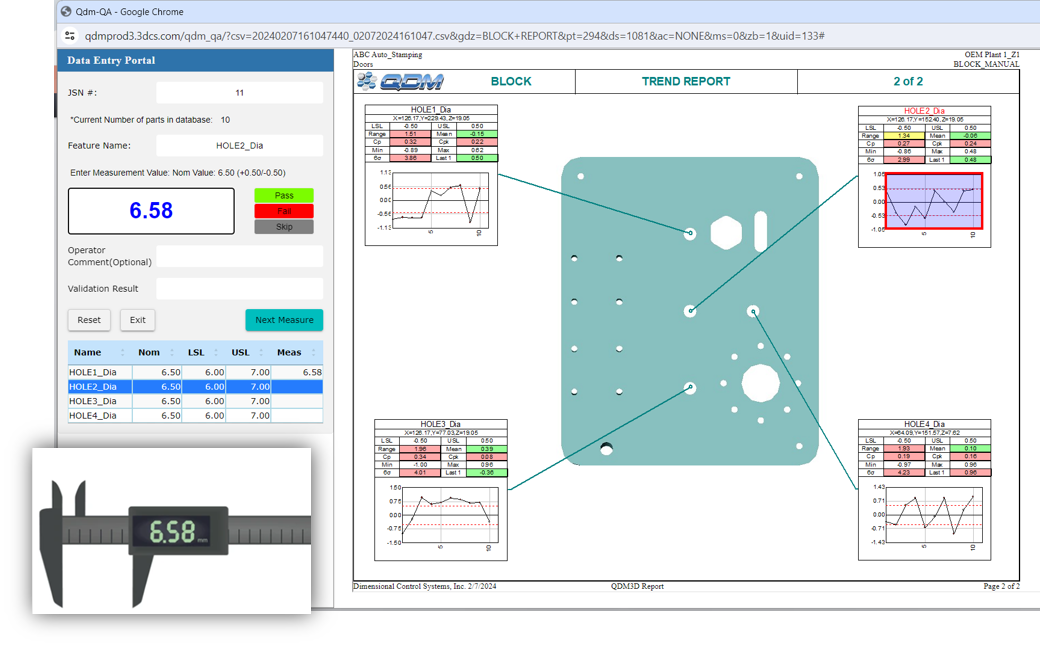
Explore how standardized Statistical Process Control (SPC) reports can transform manufacturing efficiency, quality, and communication.
Standardizing Statistical Process Control (SPC) reports is crucial for boosting manufacturing quality. When reports are standardized, they provide a consistent framework for measuring and evaluating quality metrics across different production lines and facilities. This uniformity ensures that everyone is on the same page when it comes to understanding quality standards and expectations.
A standardized reporting system can help identify discrepancies and variations in the manufacturing process quickly. By having a common language and format for quality metrics, it becomes easier to pinpoint areas that need improvement, thereby enhancing overall product quality and reducing the likelihood of defects.
Standardized SPC reports significantly improve cross-functional communication within a manufacturing organization. When all departments use the same reporting format, it eliminates misunderstandings and ensures that everyone interprets the data in the same way. This is especially important for teams that rely on precise data to make informed decisions, such as quality assurance, production, and supply chain management.
With standardized data, meetings, and discussions become more productive as team members can quickly understand and reference the same information. This streamlined communication fosters better collaboration and coordination, ultimately leading to more efficient problem-solving and decision-making processes.
Standardized SPC reports play a pivotal role in effective problem solving and decision making. When issues arise, having a standardized set of data allows teams to swiftly identify the root cause and devise appropriate corrective actions. The uniformity of the reports ensures that everyone involved in the problem-solving process has access to the same detailed information, facilitating a more accurate analysis.
Moreover, standardized SPC reports provide a historical record of performance and quality metrics, which can be invaluable for making data-driven decisions. By analyzing trends and patterns over time, organizations can proactively address potential issues before they escalate, leading to more robust and resilient manufacturing processes.
Automation of SPC reporting and alerts offers immediate benefits for manufacturing operations. Automated systems can instantly notify relevant personnel when quality metrics deviate from established standards, allowing for rapid response to potential issues. This real-time alerting system helps minimize downtime and reduce the risk of producing defective products.
In addition, automation ensures that reports are generated consistently and accurately, without the risk of human error. This reliability means that all stakeholders have access to up-to-date and precise information, further enhancing the ability to maintain high-quality standards across the board.
Standardized SPC reports enable comprehensive comparative analysis across different production lines, suppliers, and locations. By using the same metrics and formats, organizations can easily compare performance data and identify best practices or areas that require improvement. This level of comparative analysis is essential for maintaining consistent quality across all facets of the manufacturing process.
Furthermore, standardized reports facilitate better supplier management by providing clear and consistent criteria for evaluating supplier performance. This transparency helps build stronger relationships with suppliers and ensures that all parties are aligned in their quality expectations and goals.
Join Us Next Week at IMTS 2024 Booth 134728 to See QDMWEB QI in Action and Find Out How Easy It Is for You to Standardize Your Quality
These Stories on 3DCS
No Comments Yet
Let us know what you think